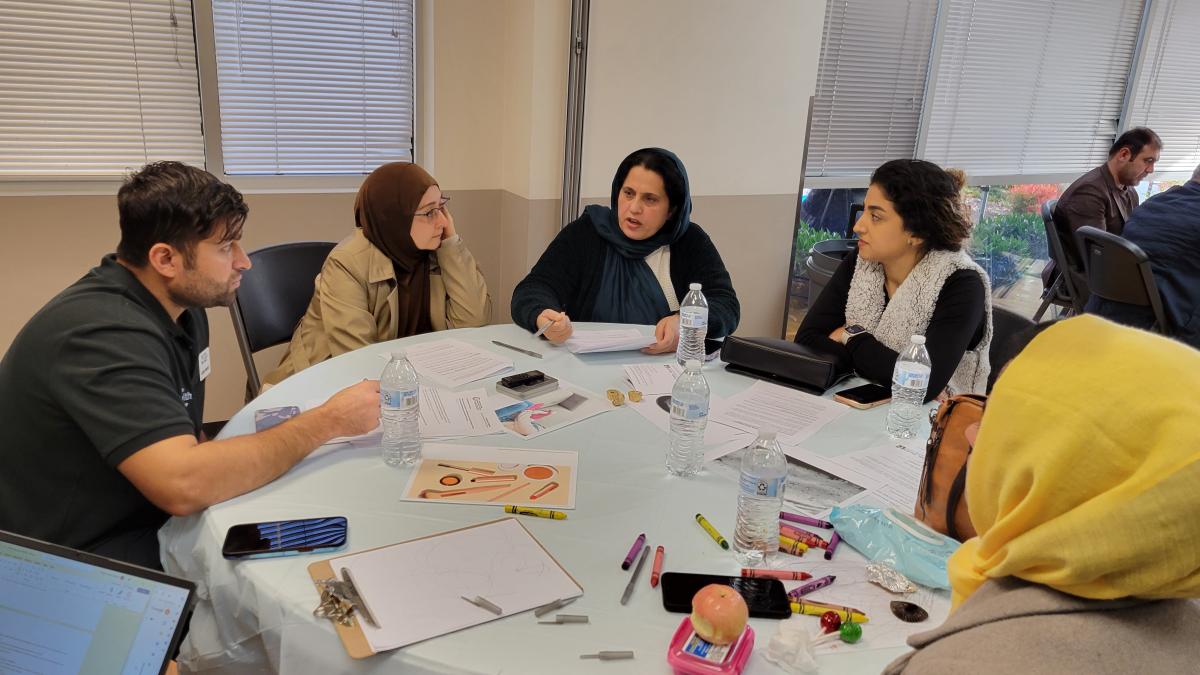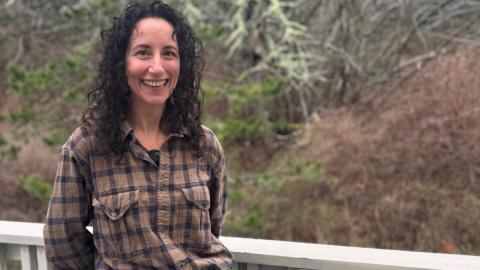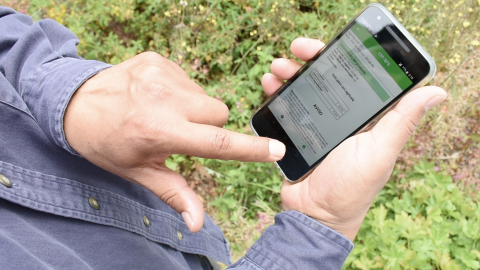New research from the UW and the Hazardous Waste Management Program (Haz Waste Program) in King County finds dangerously high levels of lead in traditional eyeliners worn by adults and children in local immigrant and refugee communities.
_0.jpg)
The study, published in PLOS Global Public Health on June 25, found lead levels in traditional eyeliners hundreds of thousands of times higher than Washington restriction levels under the Toxics Free Cosmetics Act — even in products labeled “lead free” that are available on sites such as Amazon, Etsy and eBay.
“It's shocking that in 2025, we're still seeing cosmetics on the market with lead as a main ingredient — like we learned nothing from history,” said Diana Ceballos, an assistant professor in the UW Department of Environmental & Occupational Health Sciences (DEOHS) who partnered with the Haz Waste Program on the research. “Also incredible to see that some of these traditional eyeliners were being commercialized as lead free. It blew our minds.”
The lead author of the study, Aesha Mokashi, is a DEOHS alumna who began this research as a master’s student under the supervision of Ceballos, and is now a health and environmental investigator with the Haz Waste Program.
Lead in traditional eyeliners
Kohl, kajal and surma are traditional eyeliners worn by adults and children in local immigrant and refugee communities, including the local Afghan community. These eyeliners may contain toxic chemicals such as lead, which can damage the brain, heart and other parts of the body.
Lead poisoning is particularly a concern for children. Traditional eyeliners are applied on children from infancy for a variety of religious, cultural and medicinal reasons. When a child rubs their eyes and puts their hand in their mouth, they can ingest lead.

Local scientists in the Haz Waste Program, in partnership with DEOHS researchers, found lead concentrations in traditional eyeliners well above Washington’s restriction levels.
Some traditional eyeliners had lead levels over 800,000 times higher than these standards. Even products labeled “lead-free” had concentrations up to 600,000 times higher than restriction guidelines.
Despite U.S. regulations limiting lead content in eyeliners, as well as an FDA Import Alert on traditional products, researchers were able to readily purchase lead-containing eyeliners online when attempting to do so from locations within King County.
What makes this research unique
The Haz Waste Program aims to support King County residents in their daily lives, and this work couldn’t have been done without community participation. Building on previous work evaluating lead in imported cookpots, the Program partnered with the Afghan Health Initiative to reach out to community members to learn more about the use of traditional eyeliners and opportunities to promote safer alternatives.
The community came together to let the Program know which products to test and where to buy them. They brought in product samples and made lists of additional products and the retailers where they made purchases.
They also advised the Program on which safer alternatives would work for them. What makes this study so special is more than the findings, it’s the level of immigrant and refugee community participation in the research.
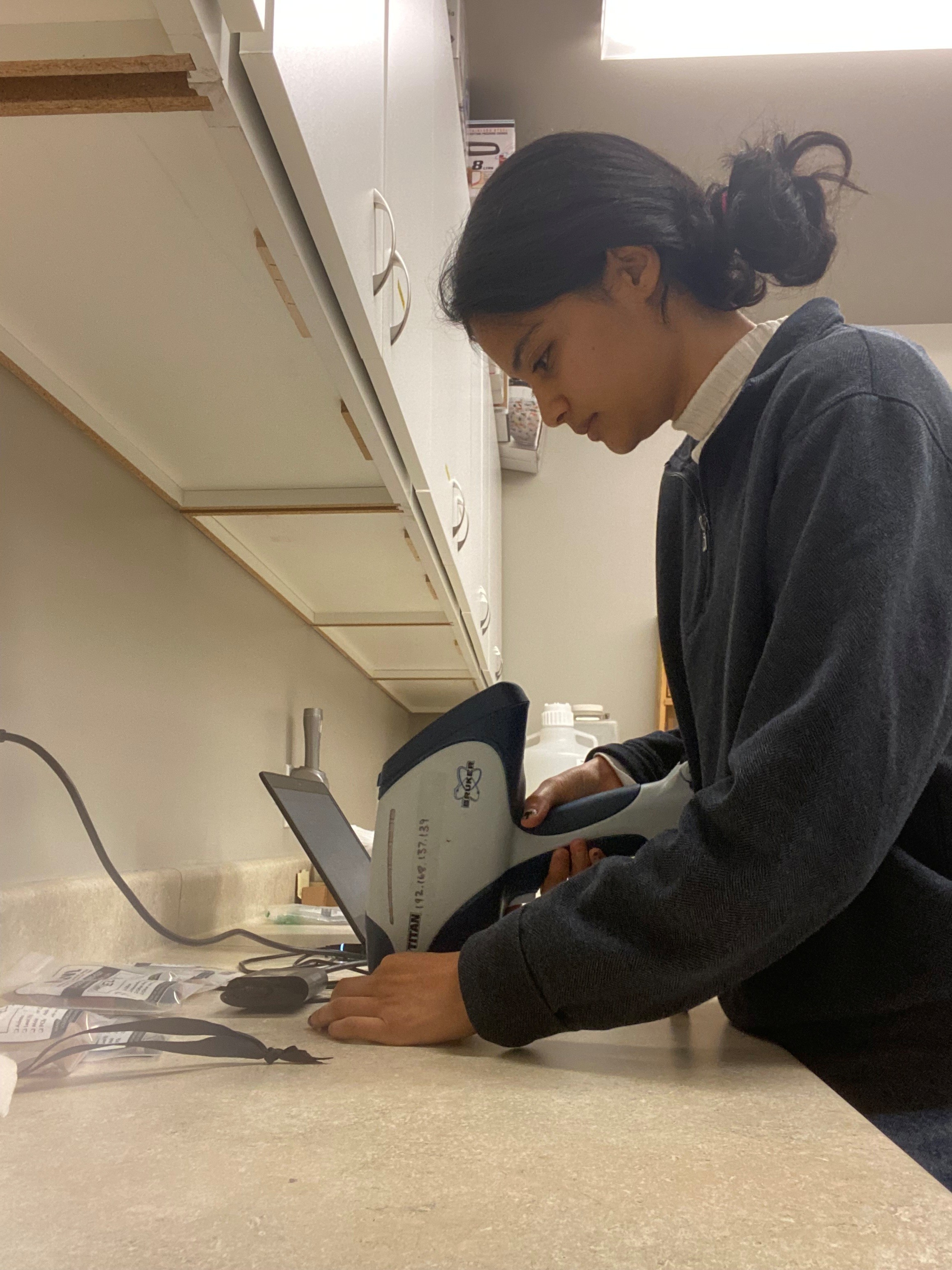
“The combination of community participatory research and statistical analysis related to lead in eyeliner is unique,” Mokashi said.
“To our knowledge, this is a novel approach. In a time of divide between government and immigrant communities, this is one way local Afghan communities and King County are leaning in,” she said. “It’s a problem-solving success story that wouldn’t be possible without community involvement and community wisdom.”
Raising awareness
Prior to this project, most community participants in the research (90%) were unaware that traditional eyeliners might contain lead, but most were open to safer alternatives recommended by the Haz Waste Program after learning about the issue. Nontraditional eyeliners tested by the team had significantly less lead than traditional eyeliners.
Some community participants said they preferred using a mineral that comes from the earth in their eyeliner, assuming it would be more natural and better for the body, Mokashi said.
“Unfortunately, that mineral is lead sulfide,” or galena, she said. “But if we share our research showing that nontraditional eyeliners are healthier or safer to use, then I think that would be a draw for people to use the safer alternative.”
King County is making a point to follow up with community members to close the loop and let them know how their participation in the research had an impact. With new insights on safer alternatives, King County can also facilitate community-led interventions to promote these alternative products.
The Haz Waste Program hopes to reach local Afghan audiences who may be exposed to get them tested for lead poisoning, in collaboration with the Afghan Health Initiative.
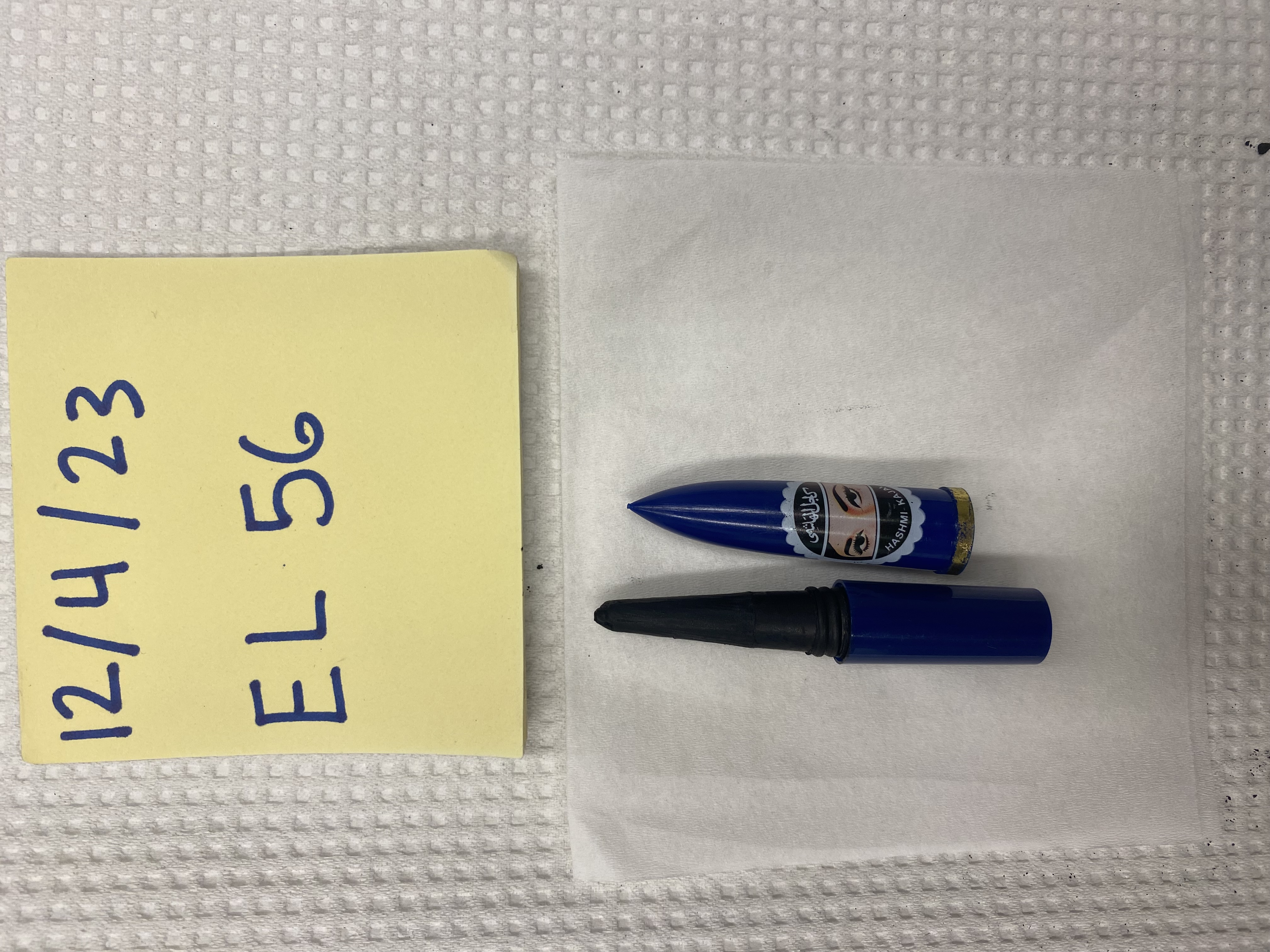
What you can do at home
Want to find safer beauty products right now? These sites can help: EWG Skin Deep, Black Beauty Project and COSMOS Standard (for natural/organic products).
If you are concerned about lead poisoning, call your healthcare provider for a blood test.
Tips based on the team’s research
- Avoid products whose ingredients include “lead,” “lead sulfide,” or “galena.” Pay special attention to ingredients in eyeliners that are labeled as “traditional,” “khol,” “kajal” or “surma.”
- Do not base purchases on labels claiming to be “lead-free.”
- Products regulated by the U.S. Food and Drug Administration and in the European Union had significantly less lead than other products the team tested.
- Diluted products such as cream eyeliners the team tested had less lead than concentrated powdered eyeliners, but they are not guaranteed to be lead-free.
More resources: Video from the Washington State Department of Ecology
To learn more about this research, contact Aesha Mokashi at aeshmokashi@kingcounty.gov.
Adapted from the original story here.
